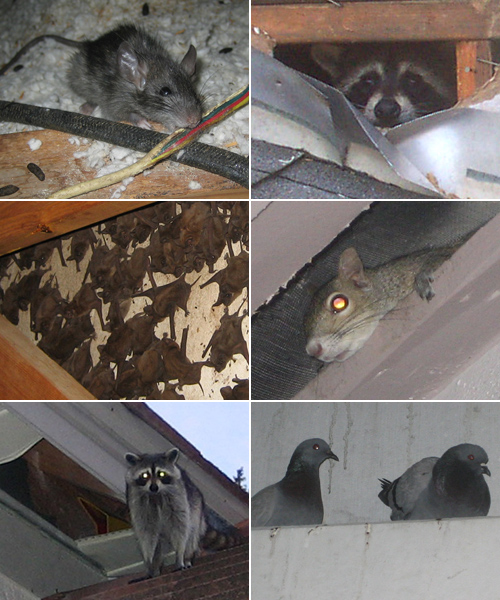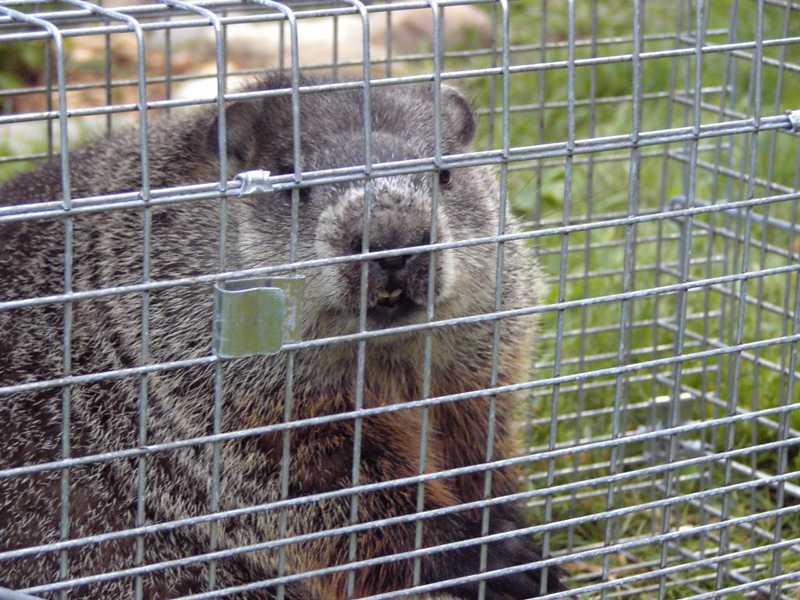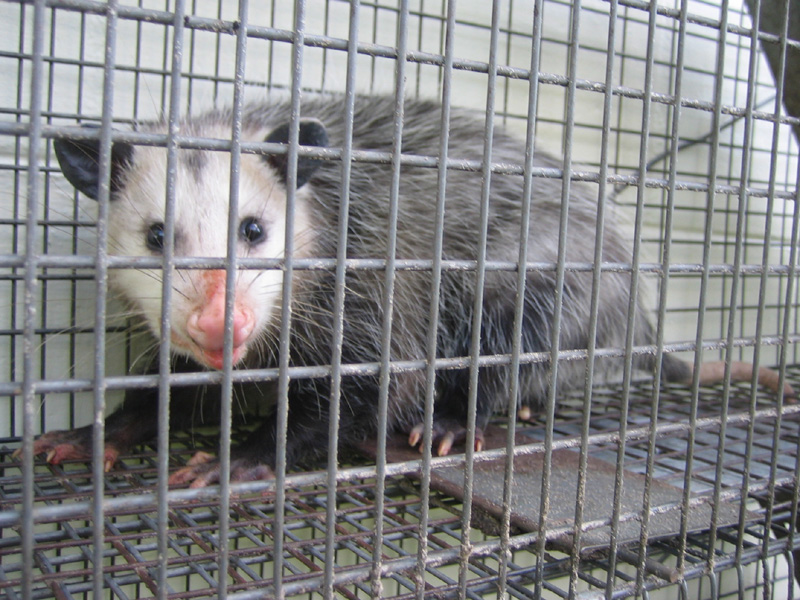- USA Wildlife Removal Education Guide and Resources
How to Trap a Nuisance Animal

How To Trap Wild Animals
Wild animals have always been a feature of the ecosystem that can both frustrate and delight people, and while many people love the opportunity to encounter wildlife, in some cases these animals can be a real problem. There are a variety of different ways that people can deal with problem animals, but one of the most common ways of dealing with this kind of problem is to use traps to deal with the animals. There are however plenty of different ways that people can trap animals, and some can be more successful than others, so having an idea of how to do this can be a good idea before you start buying and laying traps.
Lethal Animal Traps
Probably the most common lethal trap that is widely used is the snap trap that is used to catch mice and rats, and while the trap is very simple, it has been in use for well over a century as it is still one of the most effective ways of dealing with such animals. These are usually best located near areas where the animals are known to move, and using a good bait can really help to ensure that the trap is effective in catching the rats. When it comes to killing larger animals, there are many traps that are available, from those that crush the animals within the jaws of the trap, through to snare traps that strangle the animal, but both of these can be very harmful and painful for the animal.
Using Cage Traps To Catch Wild Animals
When it comes to the best way to catch wild animals, cage traps are very popular and are widely used because of their success rate, and the fact that when they are used correctly they minimize the trauma and harm that will come to the animal. Location is still very important when it comes to using a cage trap, and for animals such as raccoons and squirrels that go in and out of a property through a particular entry point, fixing the trap over such an entry point is the ideal location. When you are catching wild animals with a cage trap, it is very important that you check the trap regularly, as animals left in traps for a long time can suffer a painful death with dehydration.
Choosing The Right Bait
Whether you are using lethal or cage traps, bait is a very important part of the the trapping process, and there are plenty of different baits that you can use, along with the bait that can be purchased from many hardware stores. Animals that are naturally vegetarian such as rabbits will often be tempted by apple slices or vegetables, while carnivorous animals will often be drawn to meat that has been allowed to go slightly rotten, when the smell can really draw them towards the trap. Other popular baits can be peanut butter or fruit jelly, but in many cases if the first bait isn't successful, trial and error will lead you to the food that your target animal will find irresistible. What Bait Catches Wild Animal - What kind of food do you put in a trap to catch a animal?


While in some cases you may be able to install a trap directly over an animal's entry or exit point, making catching the wild animal inevitable, in some cases you may need to be clever in locating your trap, and even use multiple traps to catch your target. The ideal location for a trap will be one that is near enough to a high traffic area for the animal as to make it inevitable that the animal will encounter the trap. This can include a particular hole in the fence if it is an animal that regularly comes to your garden, or a part of the property where you regularly hear animal noises. Pre-baiting is another useful technique, and is when you place bait out for a few nights without the trap, to encourage the animals to return to the same location, before placing a trap there.
When Should You Trap Animals?
As a rule, it is best to avoid trapping animals during the reproductive season, as this will not only cause trauma for a mother and her young, but can also cause issues inside your property if the wild animals have a nest within your home. If this happens, you can end up with the baby animals dying in an attic or wall cavity, and you will only discover this when the bodies start to decay and the horrible smell permeates your house. The best time to install a trap will be during the day, as the majority of nuisance animals tend to come to life during the twilight hours, and are most likely to be caught in the trap during the evening.
Dealing With The Animal Once It Has Been Caught
Once you have trapped the animal, you will need to deal with the animal in the cage trap. Relocating animals can be problematic, so make sure you check the local regulations, and in order to ensure the animal doesn't return to your property, relocate it at least ten miles away, and look for an area that is also well away from other properties too, otherwise, you can just be passing on the problem to someone else.
Go back to the main How to Get Rid of Wild Animals page for more information about animal trapping and information about how to catch a animal in a cage trap.
How to catch a nuisance critter – Questions answered: When you try to catch a nuisance critter, you will find that there are a few questions that you have, and a lot of conflicting information on the internet from which to find your answers. Although there are no real dedicated right or wrong ways in which to deal with a wildlife problem, and rather a few simple solutions, we hope we can answer all of your animal trapping and catching questions!
1. What animal trap shall I buy? In reality, you have three main types of nuisance critter trap – the kill trap, the leg hold, and the cage trap. The kill trap will do just as you would imagine it does; it will kill the animal quickly and painlessly once it has set off the trap. A leg hold will just ensnare the creature until you can then go ahead to release it, and the cage trap is a cage, (surprise, surprise!) that will keep the creature confined with a shutting door once the mechanism has been triggered, until you are ready to go and sort it out.
2. Is there “perfect” bait? There is no real right and wrong bait to use with a nuisance critter, but there are a few options that you can choose from. Meat is a good start, especially leftovers, as these animals love to pick out the leftover bits of meat from your garbage can, but you will probably want to avoid using this with kill traps at night as you could end up catching an animal that you don’t want. In this scenario, fruit is a good idea, like kiwi fruits or apples, as the nuisance critter loves sugary fruits too. Cat food is another type of bait that a lot of people have had great success with – you may find that you have to try a couple of different things before you come up with something that works for you and your nuisance critter.
3. I’ve caught it, now what do I do? This is the part that many people have issues with – once they have caught the unwanted pest animal that has been causing them grief, they just don’t know what to do about it. You probably shouldn’t just release the animal into the wild, firstly because if you don’t release it far enough away, it will just come back and secondly, because it is illegal in many states to do so. If you don’t have small children or other animals to worry about, you could consider encouraging the nuisance wildlife to live in a nest box that you have made or bought for it at the edge of your garden. Alternatively, and probably the best idea yet, is to give the local wildlife guys a call and let them take over!
Read about how to trap specific animals:
How To Trap a Bat
How To Trap a Bird
Groundhog Trapping
How To Trap a Opossum
How To Trap a Raccoon
How To Trap a Rat
How To Trap a Skunk
How To Trap a Snake
How To Trap a Squirrel

